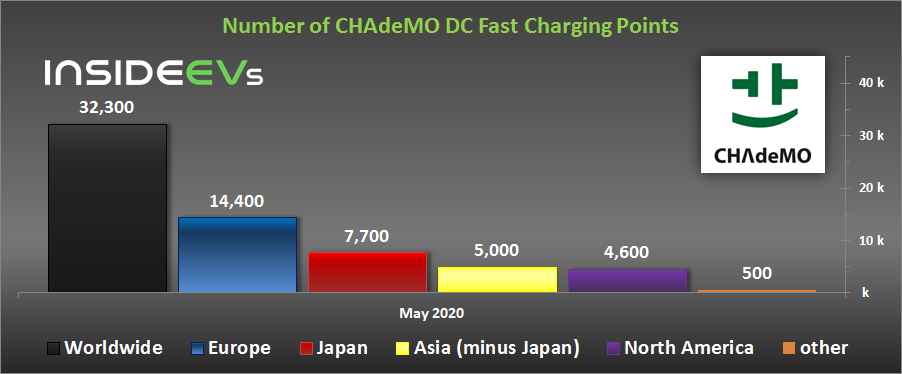FILE PHOTO: A Nissan logo is pictured at Brussels Motor Show, Belgium, January 9, 2020. REUTERS/Francois Lenoir TOKYO (Reuters) – Nissan Motor Co (7201.T) is considering cutting 20,000 jobs from its global workforce, focusing on Europe and developing countries, Kyodo news reported on Friday, as the Japanese automaker struggles to recover from plunging car sales.… Continue reading UPDATE 1-Nissan considering 20,000 job cuts, mainly in Europe, developing nations -Kyodo
Tag: Mitsubishi
Renault could disappear and must adapt: French finance minister
FILE PHOTO: The logo of Renault carmaker is pictured at a dealership in Les Sorinieres, near Nantes, France, February 19, 2020. REUTERS/Stephane Mahe PARIS (Reuters) – Renault (RENA.PA) could disappear if it does not get help very soon to cope with the fallout from the coronavirus crisis, France’s Finance Minister Bruno Le Maire said on… Continue reading Renault could disappear and must adapt: French finance minister
Mitsubishi Motors to cut costs after slump in annual profit
TOKYO (Reuters) – Mitsubishi Motors Corp (7211.T) will focus on cutting fixed costs by 20% or more in the next two years after reporting an 89% drop in annual profit, its weakest performance in three years, and skipping its year-end dividend. FILE PHOTO: Logos of Mitsubishi Motors Corp are seen at a showroom of the… Continue reading Mitsubishi Motors to cut costs after slump in annual profit
Mitsubishi Motors’ annual profit tumbles, refrains from issuing forecast
TOKYO (Reuters) – Mitsubishi Motors Corp (7211.T) posted on Tuesday an 89% drop in annual operating profit for its weakest performance in three years and skipped the year-end dividend, as the coronavirus outbreak added to the Japanese automaker’s profitability woes. FILE PHOTO: Logos of Mitsubishi Motors Corp are seen at a showroom of the company’s… Continue reading Mitsubishi Motors’ annual profit tumbles, refrains from issuing forecast
Mitsubishi Motors’ full-year profit slumps 89%
FILE PHOTO: Logos of Mitsubishi Motors Corp are seen at a showroom of the company’s headquarters in Tokyo, Japan November 26, 2018. REUTERS/Toru Hanai/File Photo TOKYO (Reuters) – Mitsubishi Motors Corp (7211.T) on Tuesday posted an 89% drop in annual operating profit in the year ended March as the Japanese automaker took a hit from… Continue reading Mitsubishi Motors’ full-year profit slumps 89%
@Mitsubishi: MITSUBISHI MOTORS CORPORATION (MMC) today announced its full year financial results for FY 2019
Tokyo, May 19, 2020 – MITSUBISHI MOTORS CORPORATION (MMC) today announced its full year financial results for FY 2019 (from Apr 1, 2019 to Mar 31, 2020). Summary of financial results Reference documents (Consolidated) Additional information material Presentation material Go to Source
Number Of CHAdeMO DC Charging Points Exceed 32,000: Chart
The CHAdeMO Association recently updated the official numbers of the installed DC chargers with CHAdeMO plugs, which globally reached 32,300 (28% more compared to 25,300 in June 2019). Despite the standard having a truly global presence (it’s the same everywhere and you can find it almost in all markets), we feel it’s gradually fading due… Continue reading Number Of CHAdeMO DC Charging Points Exceed 32,000: Chart
Daimler India CV rejigs top management team
Karl-Alexander Seidel has been appointed as Head of Daimler Buses India. Daimler India Commercial Vehicles (DICV) today announced the appointment of two new top executives, Muthu Maruthachalam C and Karl-Alexander Seidel. Satyakam Arya, Managing Director & CEO, Daimler India Commercial Vehicles, said: “Muthu Maruthachalam C and Karl-Alexander Seidel are highly capable leaders with a wealth… Continue reading Daimler India CV rejigs top management team
Mazda Motor seeks $2.8 billion in loans to ride out pandemic: source
The logo of Mazda is pictured at the LA Auto Show in Los Angeles, California, U.S., November 20, 2019. REUTERS/Andrew Cullen TOKYO (Reuters) – Mazda Motor Corp (7261.T) has sought loans totalling about 300 billion yen ($2.8 billion) from Japan’s three megabanks and other lenders to ride out the coronavirus epidemic, a source with direct knowledge… Continue reading Mazda Motor seeks $2.8 billion in loans to ride out pandemic: source
Rumor: Nissan To Pull Back From Europe
We do not hear much about Nissan in the EV space in recent years, as the Japanese company really distanced itself from the electric cars after the initial push for the LEAF and e-NV200. There was a hope that with a new all-electric platform, Nissan will rebound with new models. However, after the Carlos Ghosn… Continue reading Rumor: Nissan To Pull Back From Europe
